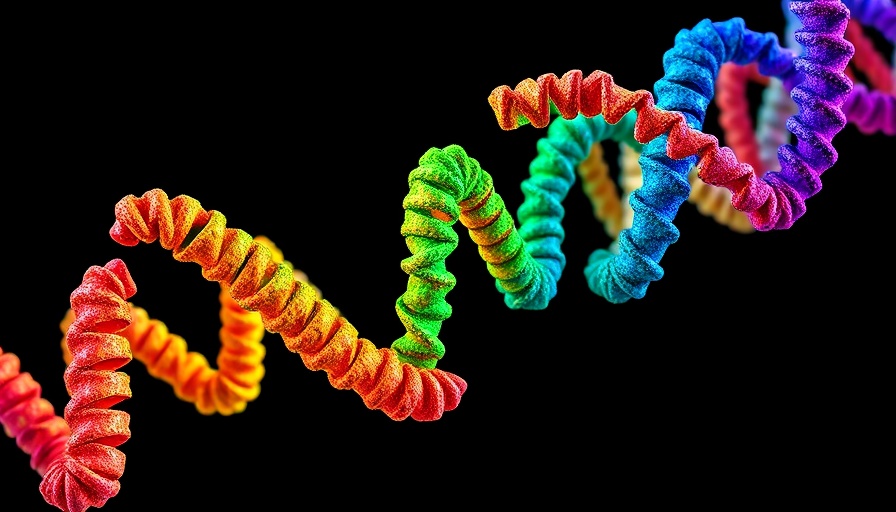
The NKD2 Protein: A Key Player in Bone Health
The recent discovery of the NKD2 protein has opened up exciting possibilities in the battle against bone loss, particularly in conditions such as osteoporosis. Osteoporosis is a debilitating disease characterized by weakened bones and an increased risk of fractures, affecting millions of individuals worldwide, particularly postmenopausal women. Understanding the role of NKD2 in bone biology could lead to innovative treatments that help improve bone density and overall bone health.
Understanding Osteoblasts and Osteoclasts
To grasp the importance of NKD2, we first need to understand how osteoblasts and osteoclasts function in maintaining bone health. Osteoblasts are responsible for creating new bone, while osteoclasts break down old bone tissue. A delicate balance between these two processes is essential for healthy bone metabolism. When osteoclast activity exceeds that of osteoblasts, bone loss occurs, leading to conditions like osteoporosis.
How NKD2 Influences Bone Formation
NKD2 acts as a modulator of Wnt/β-catenin signaling, a crucial pathway that promotes osteoblast differentiation. Recent studies have shown that NKD2 can not only stimulate the formation of osteoblasts but also inhibit the formation of osteoclasts. By binding with significant signaling proteins and pathways, NKD2 effectively minimizes fatty tissue in the bone marrow while simultaneously enhancing the population of osteoblasts.
Harnessing NKD2 in Therapeutic Strategies
The potential application of NKD2 in therapeutic settings is significant. For instance, researchers have noted that increasing NKD2 levels in specific treatments may result in improved bone density in models of osteoporosis, suggesting a crucial direction for future drug development. This approach not only emphasizes the importance of NKD2 in reducing bone loss but also hints at broader applications in regenerative medicine.
Future Directions in Osteoporosis Research
The findings around NKD2's role in bone health could herald a new chapter in osteoporosis treatment and prevention. Future research will likely focus on understanding how to manipulate NKD2 levels safely and effectively in humans. Moreover, exploring the interactions of NKD2 with other signaling pathways could uncover further insights into its roles in bone and possibly other tissues.
Unlocking the Full Potential of NKD2
In conclusion, the discovery of NKD2 protein serves not only as a significant milestone in understanding bone health but also as a promising avenue for developing new treatments. With osteoporosis representing a growing epidemic, understanding and harnessing the power of NKD2 could transform how we approach bone-related health issues, ultimately improving millions of lives afflicted by bone loss.
 Add Row
Add Row  Add
Add 




Write A Comment